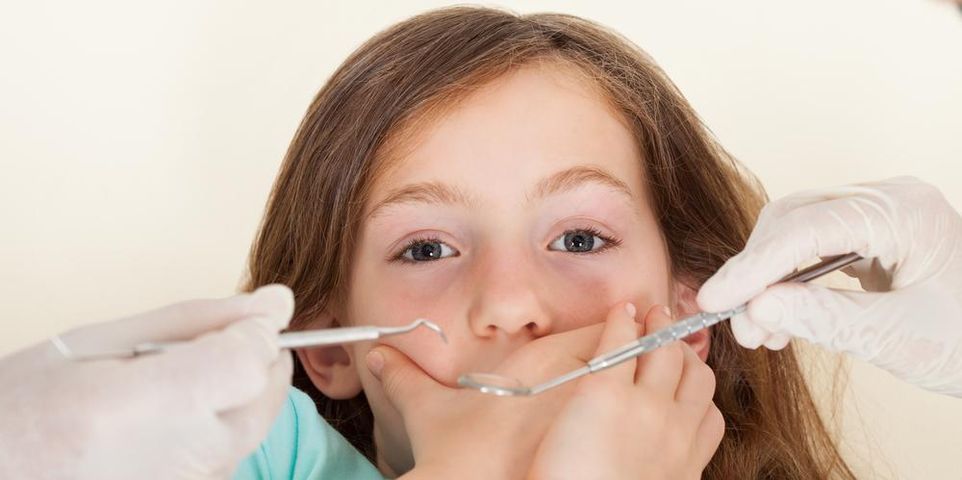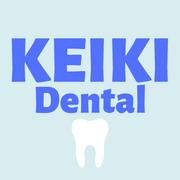3 Types of Dental Sedation Can Help Your Child Be More Comfortable at the Dentist
By Keiki Dental

Although improved dental technology has provided children and adults with a more comfortable experience at the dentist, it’s common for many young patients to feel anxious or sensitive during certain procedures. Fortunately, there are a few different approaches to dental sedation that are appropriate for children that can help them feel at ease when undergoing dental care. As a kid-friendly dentist on Oahu, Keiki Dental highlights a few of these sedation options, how they work, and what parents can expect when they are used.
3 Approaches to Dental Sedation That Can Improve Your Child’s Comfort
1. Inhalation Sedatives
One of the most common types of dental sedation used in pediatric dentistry is nitrous oxide, a type of gas that a child inhales. Also known as “laughing gas,” nitrous oxide is combined with oxygen and delivered through a small mask that is fitted over the patient’s nose. In addition to helping children relax and cooperate for a longer period, nitrous oxide is an incredibly safe sedative for young patients. For example, children who use inhalation sedatives can continue to be responsive and can breathe on their own during the procedure.
To help minimize pain during the procedure, the dentist may also use local anesthetic to numb the affected area. Nitrous oxide wears off quickly after stopping delivery of gas, but many dentists will have the child breathe in oxygen after the procedure to help flush the sedative out.
2. Oral Sedatives
 For situations where a child isn’t receptive to the nitrous oxide mask or has a high anxiety level, pediatric dentists may recommend using an oral sedative. Typically, this dental sedation option requires swallowing a pill before the procedure; however, medicated lollipops are sometimes an alternative. While oral sedatives leave a child responsive, they will remain sleepy during and after the procedure.
For situations where a child isn’t receptive to the nitrous oxide mask or has a high anxiety level, pediatric dentists may recommend using an oral sedative. Typically, this dental sedation option requires swallowing a pill before the procedure; however, medicated lollipops are sometimes an alternative. While oral sedatives leave a child responsive, they will remain sleepy during and after the procedure.
3. Intravenous Sedatives
When other forms of dental sedation aren’t enough, a dentist may recommend intravenous options. In this method, the sedative is injected into a child’s vein under the guidance and monitoring of an anesthesiologist. While intravenous sedatives aren’t intended to make a child fall asleep, they do relax the patient for the duration of the procedure, allowing the dentist to complete all work. In most cases, the patient won’t have much, if any, memory of the procedure.
Although there are many safe and effective dental sedation options available for kids, it’s important to work with a trained dental specialist who understands how to apply the medication. If you’re looking for a qualified kid’s dentist who understands all major sedatives, Keiki Dental in Ewa Beach, HI, is staffed by trained, trusted professionals. To learn more about their options or to schedule an appointment for your child’s dental needs, call (808) 680-9411.
About the Business
Have a question? Ask the experts!
Send your question

